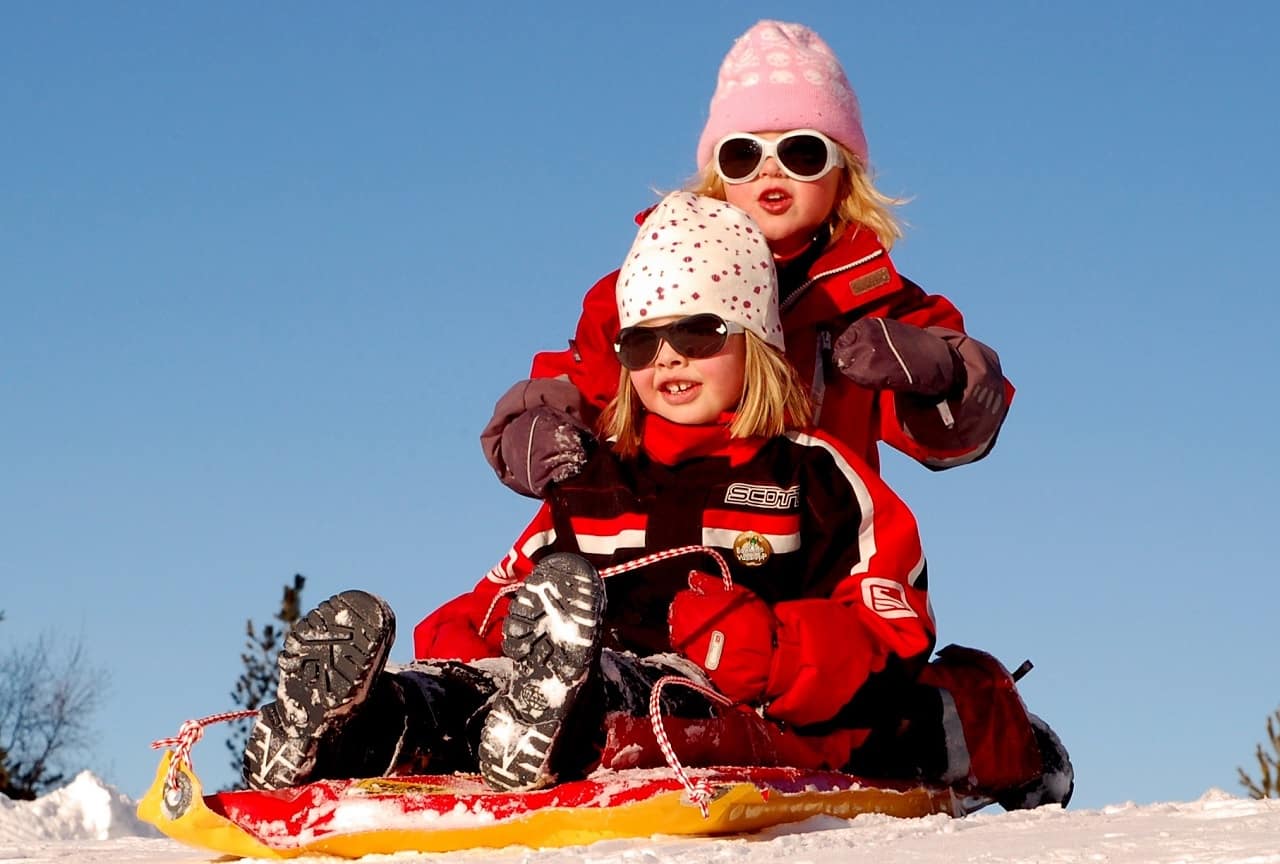Safe sledding encouraged in Hamilton; here are tips from health-care pros
Published January 19, 2022 at 9:59 pm

The combination of a major snowstorm, a thaw and colder temperatures should make for optimal sledding conditions, but Hamilton Health Sciences is offering reminders about how to toboggan safely.
Many Hamilton parents, children, and the young-at-heart might seek out an ice-slicked hill to slide down this weekend, especially with many indoor entertainment options proscribed by COVID-19 restrictions. But the hospital network, whose capacity to provided emergency and urgent care has been stretched thin by the Omicron environment, is re-emphasizing steps for safe sledding.
The HHS Twitter account re-posted an article Wednesday about safe sledding. It said the McMaster Children Hospital (MCH) emergency department saw twice as many tobogganing injuries during a period in late 2020, compared to the same point of 2019. During that span, children and youths aged four to 16 were treated for brain injuries (commonly called “concusssions”), fractures, dislocations, deep cuts through snowsuits, and damage to internal organs.
Tips for safe sledding include:
- Never sled on or near roadways
- Look for shallow slopes that are free of trees, fences or any other obstacles
- Avoid sledding on crowded slopes
- Always wear a ski or hockey helmet while sledding
- Never use a sled with sharp or jagged edges
- Handholds should be secure
- Always sit up or kneel on a sled. Lying down can increase the risk of injury to the head, spine and stomach
- Sleds that are lifted up onto skis (i.e.., GT Racers) are not recommended because they can reach dangerous speeds.
COVID-19 is airborne, and people who are exercising outdoors in below-zero temperatures tend to exhale deeply. Continuing to wear a mask or face covering is also recommended, MCH says.
insauga's Editorial Standards and Policies advertising